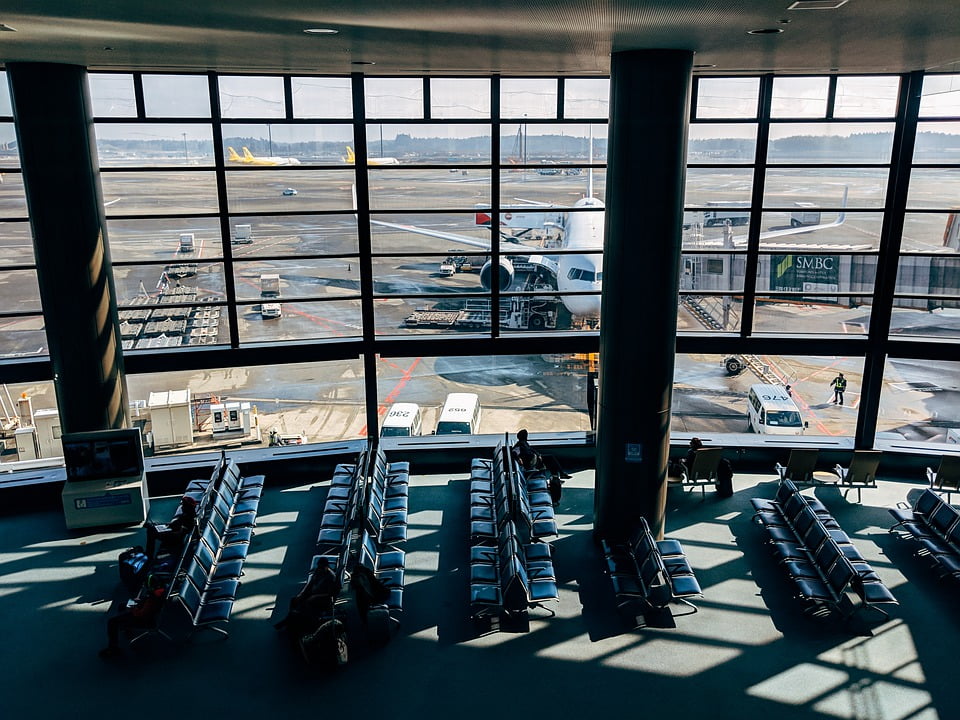There is a common myth that a plane can completely burn out in just one and a half minutes. We decided to find out if this is so.
This opinion is spread by the media, e.g. Readovka, "Constantinople» And "Fontanka». This information is available at portals, dedicated to travel, in posts on Peekaboo, in blogs on "Yandex.Zene". It is used in advertising manufacturers of security systems. They talk about this in interviews flight attendants.
There are indeed a lot of things on airplanes that can easily catch fire. And we're not just talking about fuel in engines. These include technical fluids (for example, oil), and the supply of oxygen, and wiring (and in some aircraft its length can reach 100 km, and it burns well!), and even just upholstery and seats in the cabin. It is precisely because of the fire hazard (and secondarily because of concern for the health of passengers) that smoking is prohibited on board aircraft. And that is why, by the way, despite the ban, there are still ashtrays in the toilets - so that a violator who does light a cigarette can safely put out the cigarette, and not throw it in the trash can with napkins and toilet paper. But can a huge Boeing really burn to the ground in just 90 seconds?
Not really. If this were so, passengers would have almost no chance of escape in the event of a fire. A Royal Aeronautical Society of Great Britain declares, that 87.7% of aviation accidents and incidents occur without fatalities. This means that if you follow flight safety rules and listen to the instructions of the flight attendants, you have a chance to survive even if the plane is on fire. So where did this myth come from?

The fact is that according to international standards evacuation from an aircraft designed for more than 44 passengers (which is almost all modern passenger aircraft) should take no more than 90 seconds. And during certification, the manufacturer must prove that during this time it is really possible to remove all people from the plane. Moreover, as they say on the international information portal dedicated to flight safety, Skybrary, when conducting tests, only half of the emergency exits should be used in order to simulate a situation where, during an accident, some of the exits were blocked or several ladders were out of order.
In 1964, the US Federal Aviation Administration (FAA) conducted a series of crash tests on passenger aircraft (one of these tests was included in the documentary movie, taken down by the FAA). The tests were aimed at simulating real accidents that resulted in human casualties. It was found that the fuselage of an aircraft, engulfed in fire, remains suitable for being in it for two minutes - after this time, the temperature in the cabin rises to too high values, and the smoke becomes too strong, in addition, the fire can reach the engines and then an explosion will occur. Initially, exactly two minutes was recognized as the maximum permissible evacuation time, but further tests led to a reduction in this time to 90 seconds, and in 1967 it was accepted for the standard. As a result, these norms were supported by most countries, and soon this rule became international. It also works in Russia.
With each new plane crash that occurs as a result of a fire, evacuation rules are being finalized, but for now the time remains the same as in 1967.
Of course, most often actual evacuation in the event of an accident takes longer. The evacuation simulation is very naturalistic: the entire cabin is occupied by passengers, the “accident” happens unexpectedly, sometimes the lights on the plane are turned off, test participants do not know in advance which exits they will have to use, flight attendants must perform the same actions and direct people as in a real accident. It would seem that everything is as in reality. But in fact, everyone knows that their lives are not in danger, and therefore they calmly and orderly leave their places. In the event of a real accident, panic often sets in among passengers, someone begins to grab bags from the luggage racks - all this greatly delays the process of getting off the plane (and can cost someone their life). Aviation Safety Foundation notes, that the problem of evacuation being delayed due to baggage, according to ICAO, is becoming more acute, and wonders, is it not worthwhile to remotely block the luggage racks so that passengers would not be tempted to reach for their luggage and detain others in the event of an evacuation? After all, like almost all aviation safety rules, the 90-second limit is written in blood.
But returning to the question, can an entire plane burn out in 90 seconds? - no, it cannot, if we are talking about a fire and not an explosion. On the contrary, 90 sec. - this is exactly the safe time that passengers and crew have before the fire begins to threaten their lives.

Not true
Read on the topic:
If you find a spelling or grammatical error, please let us know by highlighting the error text and clicking Ctrl+Enter.






